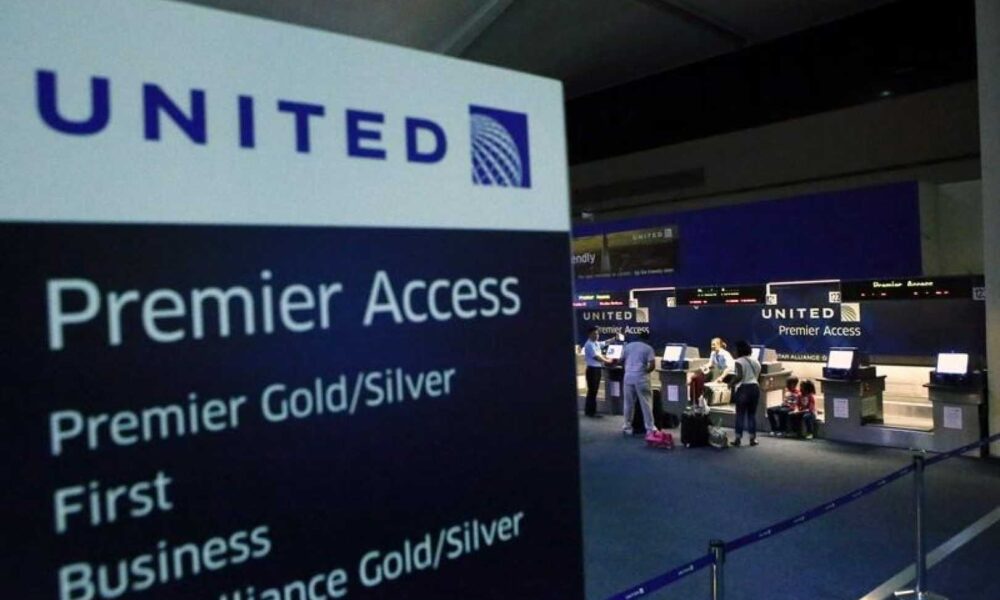United Airlines reported impressive financial results earlier this week, exceeding expectations in both revenue and profits for the quarter. The airline’s revenue reached $14.8 billion, while profits amounted to $1.3 billion, attributed largely to strategic seat sales adjustments. Despite experiencing their busiest September on record, the company made a deliberate decision to reduce seat availability.
Andrew Nocella, United’s Chief Commercial Officer, explained during an earnings call on Wednesday that the company’s domestic capacity for 2024 was carefully planned under the assumption that the industry would actively eliminate unprofitable capacity in the final quarter of the year. “As a result, United expanded slower than most during the first three quarters of the year, when capacity dynamics were less favorable,” stated Nocella. “But importantly, our timing was right, tilting our growth to the quarter where the industry conditions would be the best.”
The airline industry has been grappling with concerns over excess “capacity,” or the availability of seats for sale, which has dampened profitability. Lower-cost carriers, competing with more premium-branded airlines for market share, have been particularly susceptible. By trimming capacity, carriers aim to push ticket prices upward, a trend expected to intensify, especially in the approaching busy travel seasons.
United Airlines announced that it carried 474,000 passengers daily in September, setting a new monthly record. The company anticipates capitalizing on this momentum financially. “Much of the revenue challenges we have seen in Q3 were in weak yields for domestic leisure customers who book travel far out,” Nocella mentioned. “As we look into Q1, we’re selling these very same tickets at yields that are much higher.”

